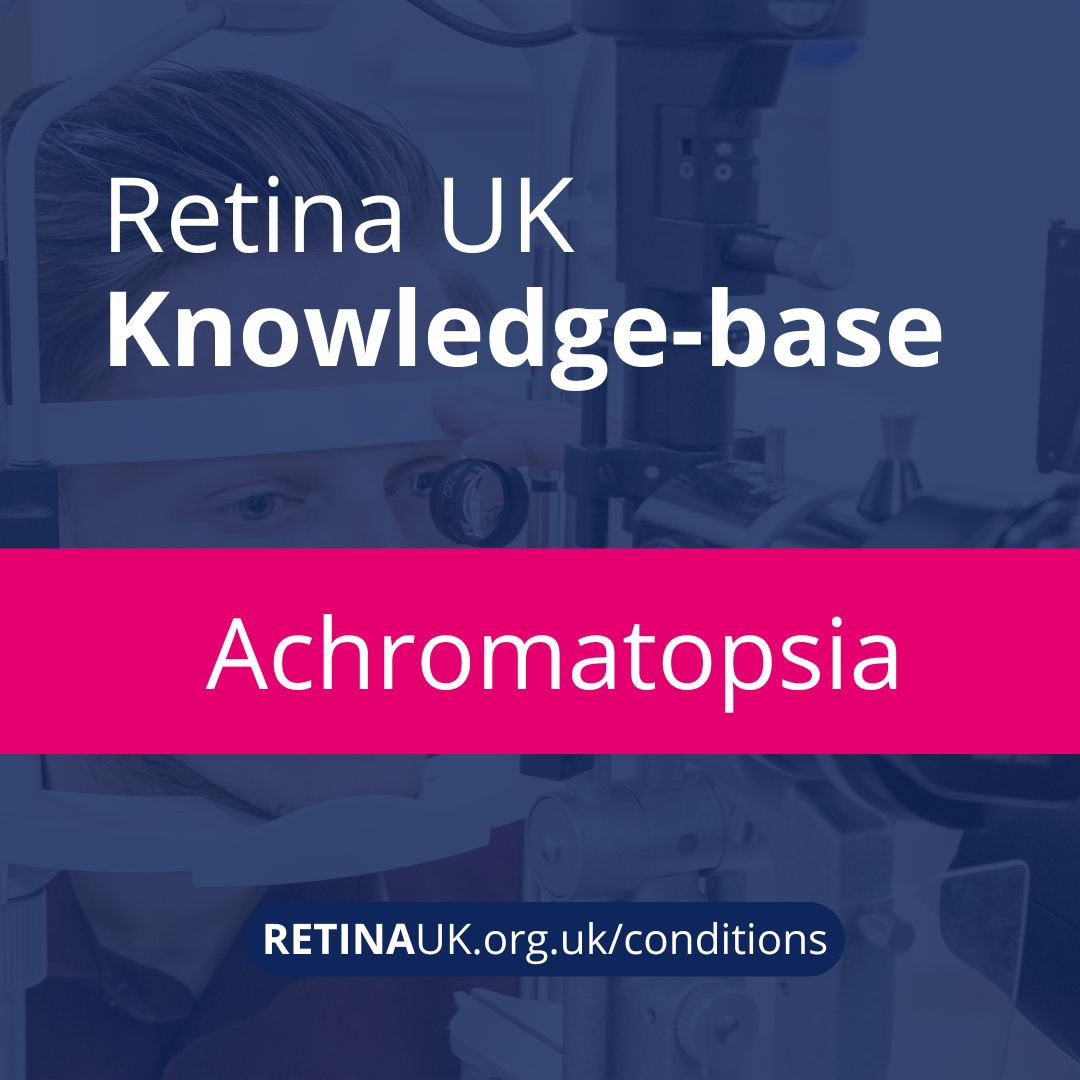
Achromatopsia
Achromatopsia is a rare hereditary vision disorder affecting approximately 1 in 30,000 newborn babies.

Are you supporting someone with inherited sight loss? We are here to help.
Retina UK* is a national charity. We offer information and support to people affected by inherited sight loss to enable them to lead better lives today and fund medical research to accelerate the search for treatments for the future. We also support professionals working with them.
*Retina UK was previously known as RP Fighting Blindness and the British Retinitis Pigmentosa Society (BRPS).
Register now for our Professionals' Conference on Friday 19 September 2025 in London and online.
Thank you to Retina UK for supporting people with inherited sight loss so fantastically on their journeys and for educating the rest of us to commit to making our corner of the world a more understanding and inclusive place.
Inherited progressive sight loss is caused by a range of rare genetic conditions. We specialise in those which affect the retina. Download our Guide to conditions covered by Retina UK.
Inherited retinal dystrophies (sometimes called IRDs) are the most common cause of sight loss in the working age population of the UK[1], affecting tens of thousands of people. Diagnosis can be made at any age and leads to partial or full loss of sight.
Early signs of an inherited retinal dystrophy are sometimes picked up during a routine eye test. The optician will refer on to an ophthalmologist at an eye clinic for further tests, leading to a formal diagnosis. The cause of these conditions is genetic and they cannot be prevented. Progression can vary from person to person. Some people are affected as children and others as adults. Everyone’s experience is different.

Achromatopsia is a rare hereditary vision disorder affecting approximately 1 in 30,000 newborn babies.
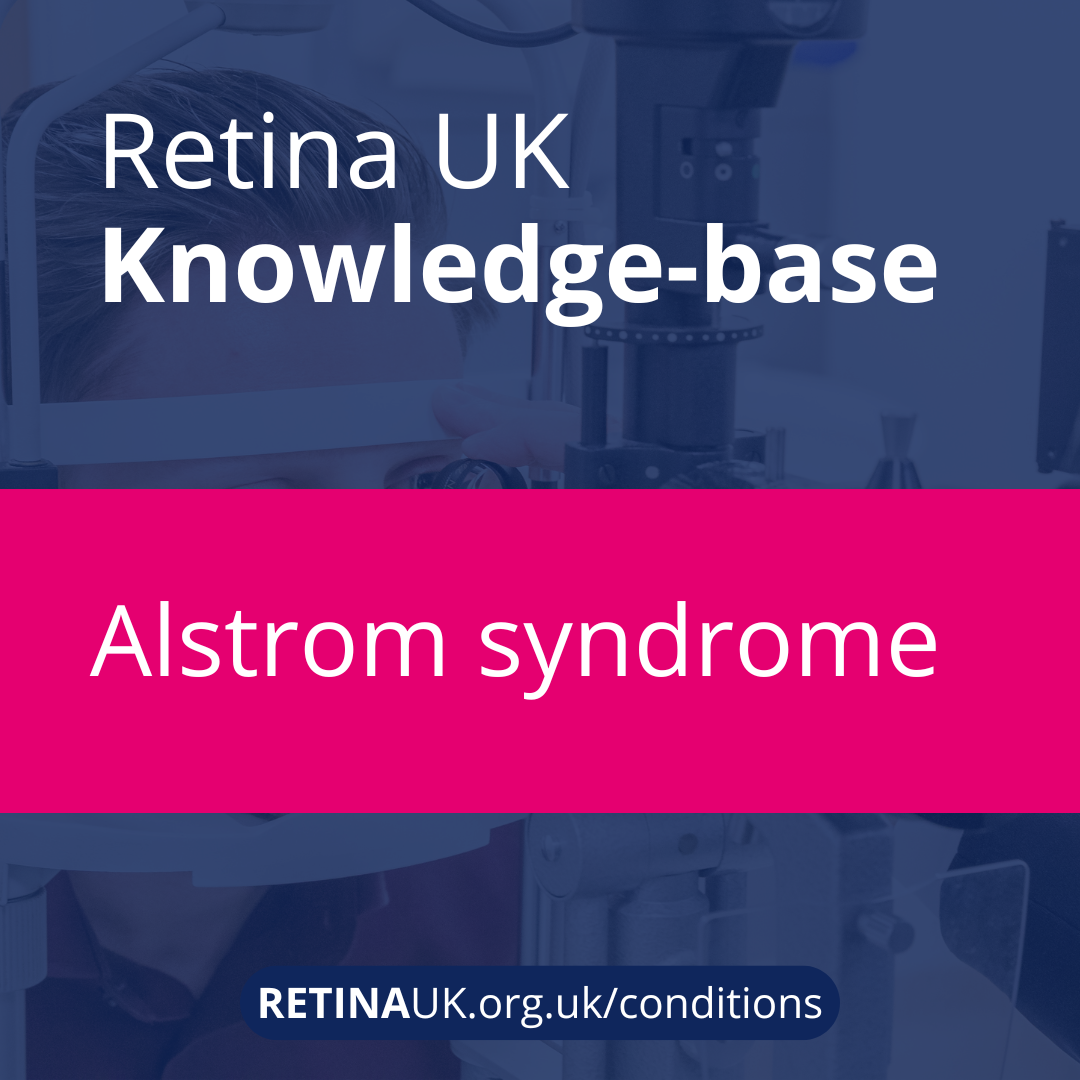
Alstrom syndrome is an inherited condition which affects many body systems.

Bardet-Biedl syndrome (BBS) is an inherited condition which impacts many parts of the body including the retina.
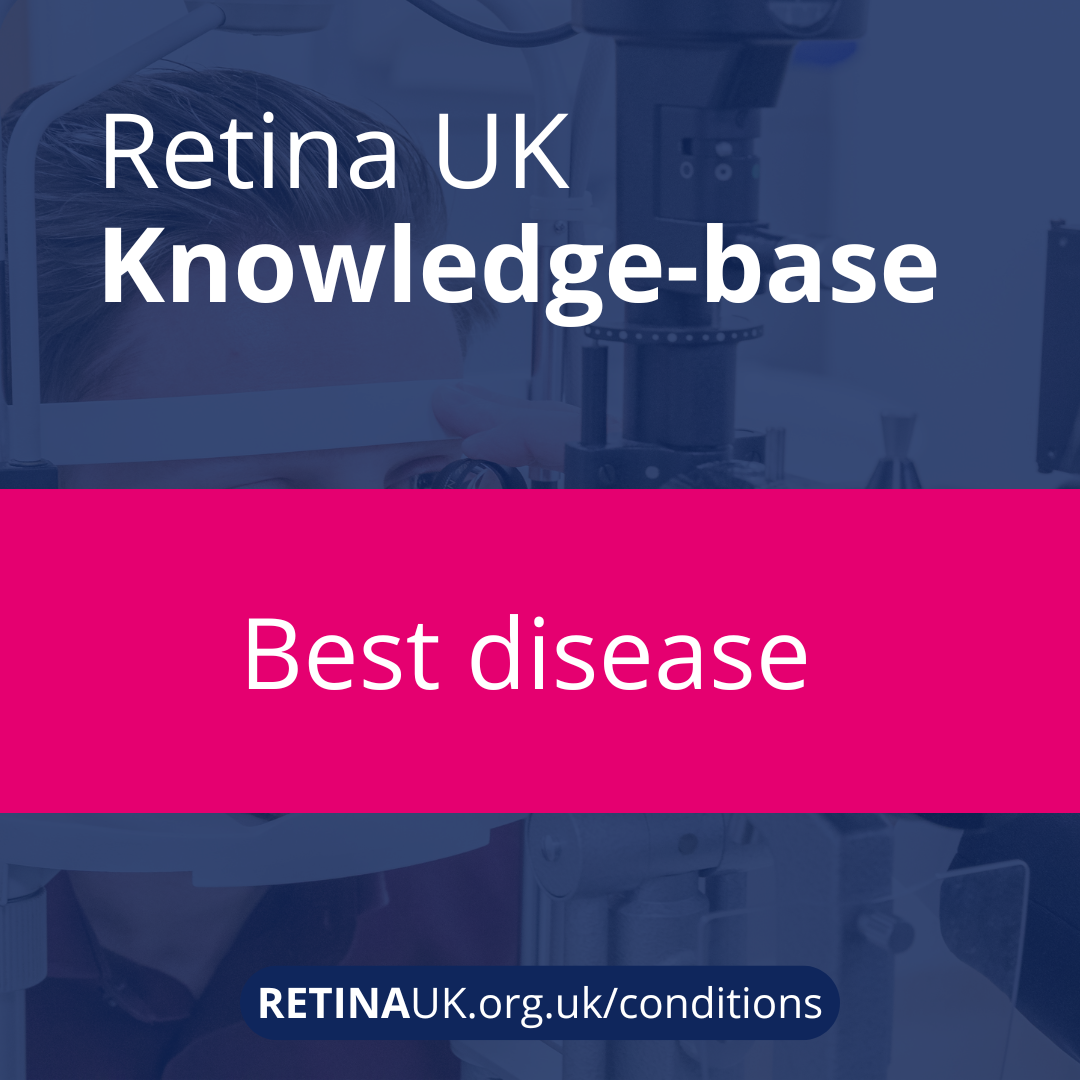
Best disease, also known as Best vitelliform macular dystrophy (BVMD), is is an inherited eye condition associated with progressive degeneration of the macula and is a form of juvenile macular dystrophy.
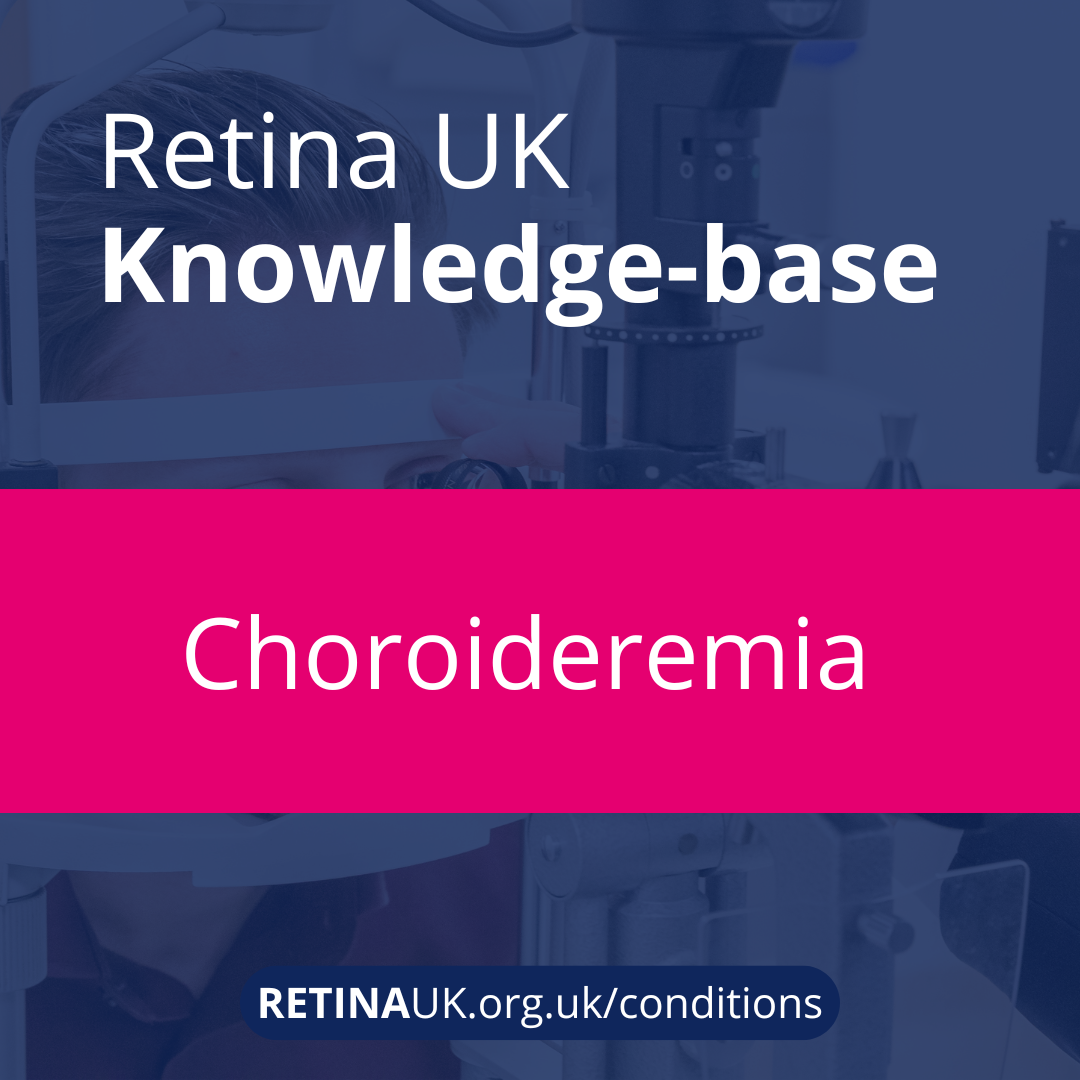
Choroideremia is a genetic condition that causes progressive vision loss, mostly in males.
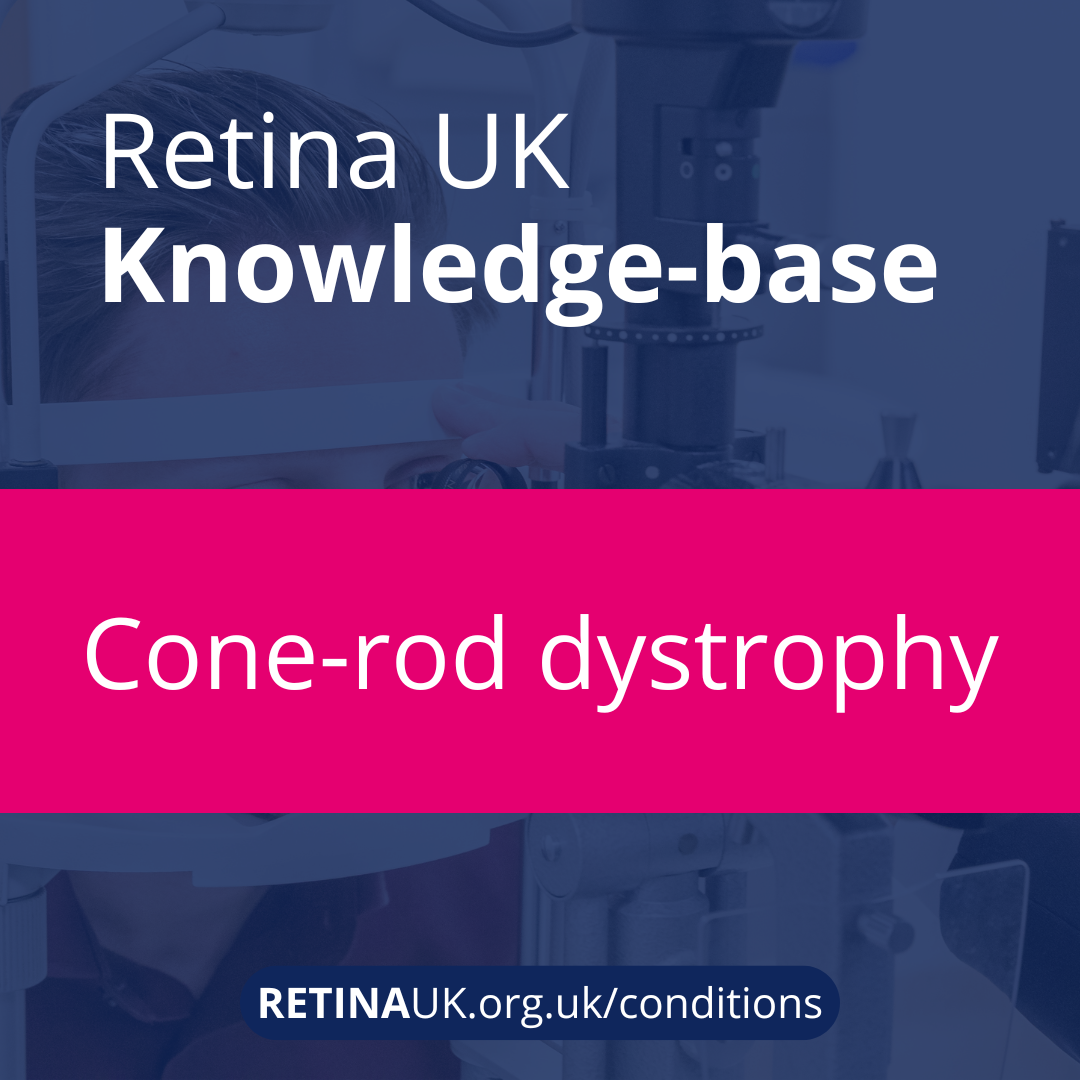
Cone-rod dystrophies are a group of inherited diseases that affect the photoreceptor (light sensing) cells that are responsible for capturing images from the visual field.
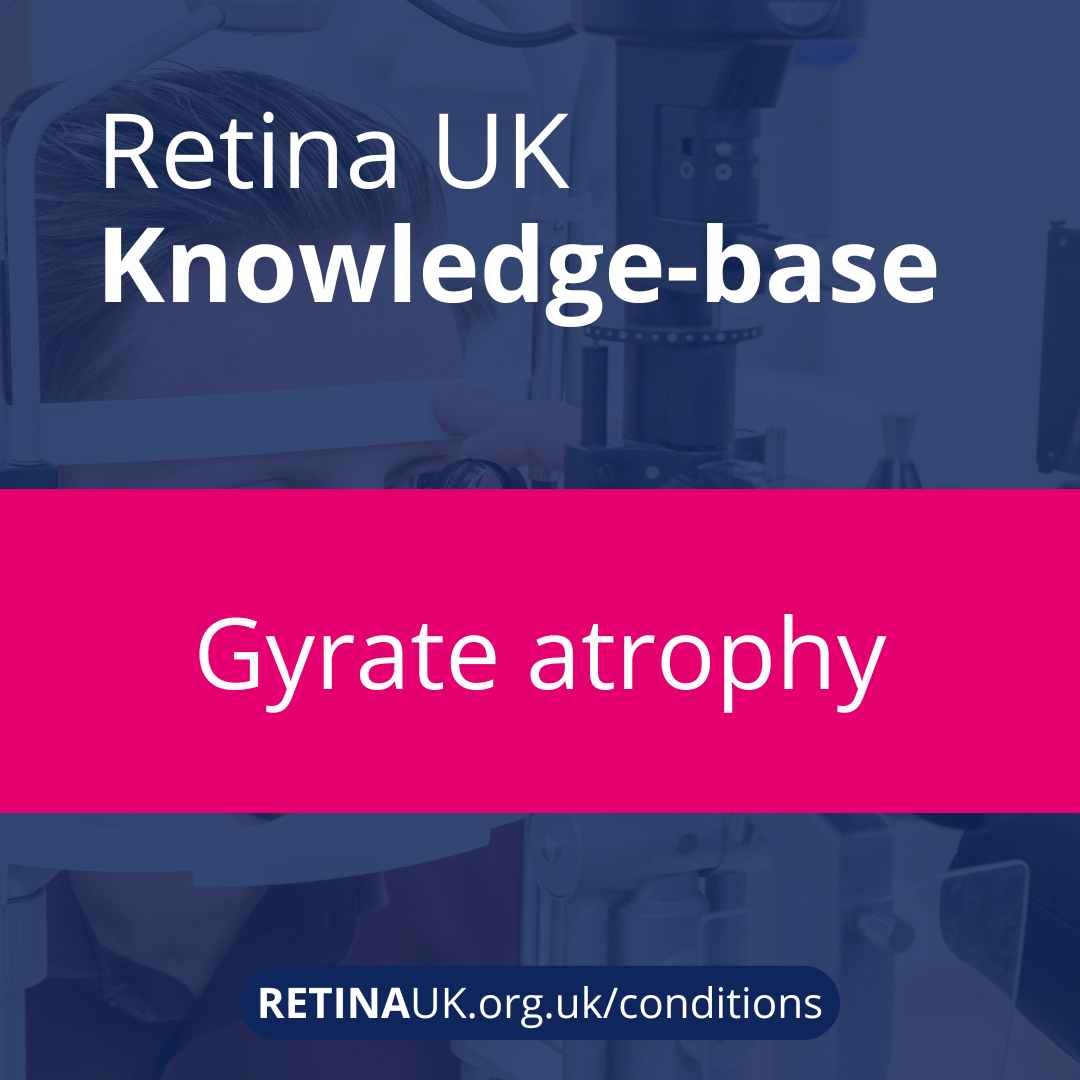
Gyrate atrophy of the choroid and retina, shortened to gyrate atrophy, is an inherited disorder of protein metabolism characterised by progressive vision loss.
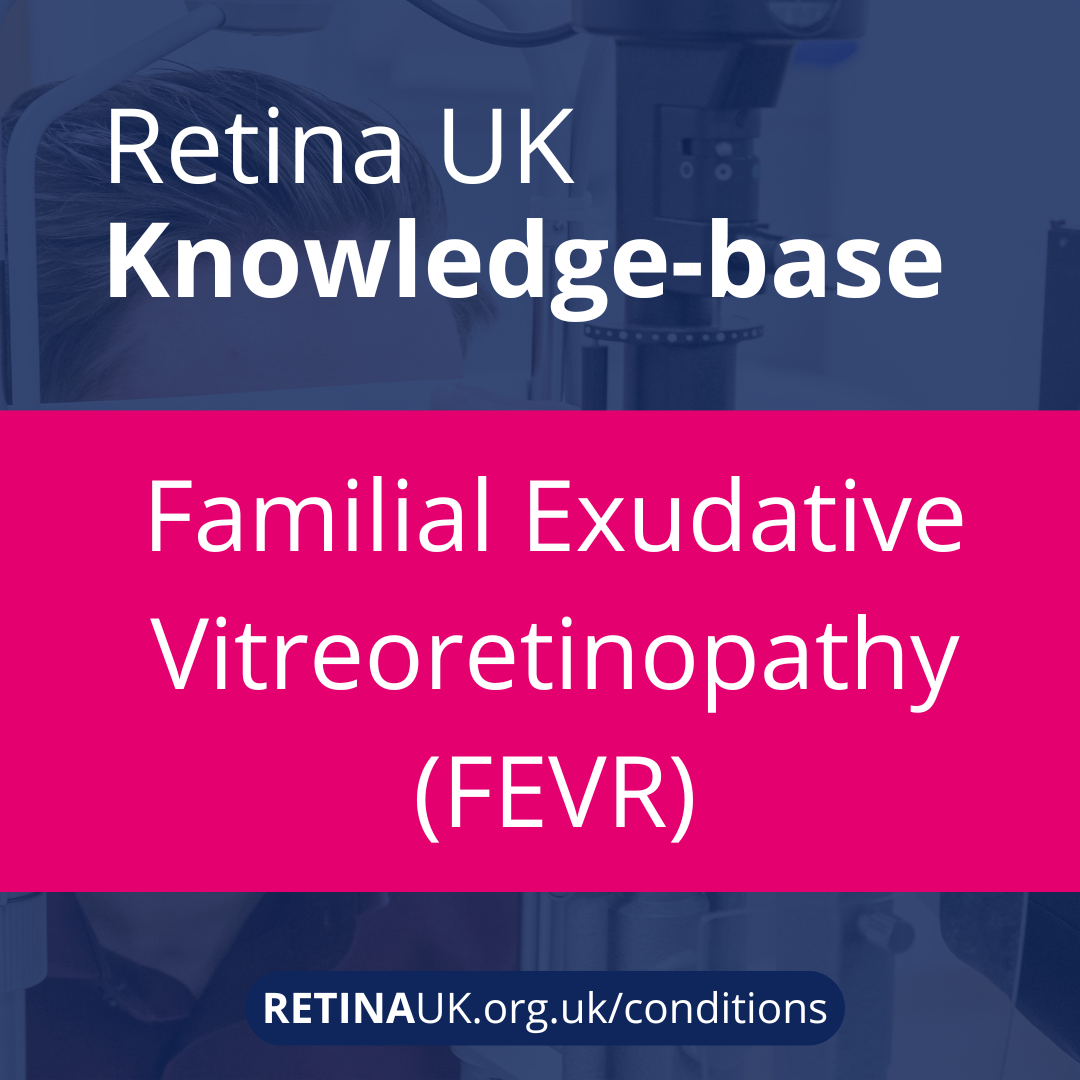
Familial Exudative Vitreoretinopathy (FEVR) is an inherited disorder that causes progressive vision loss.
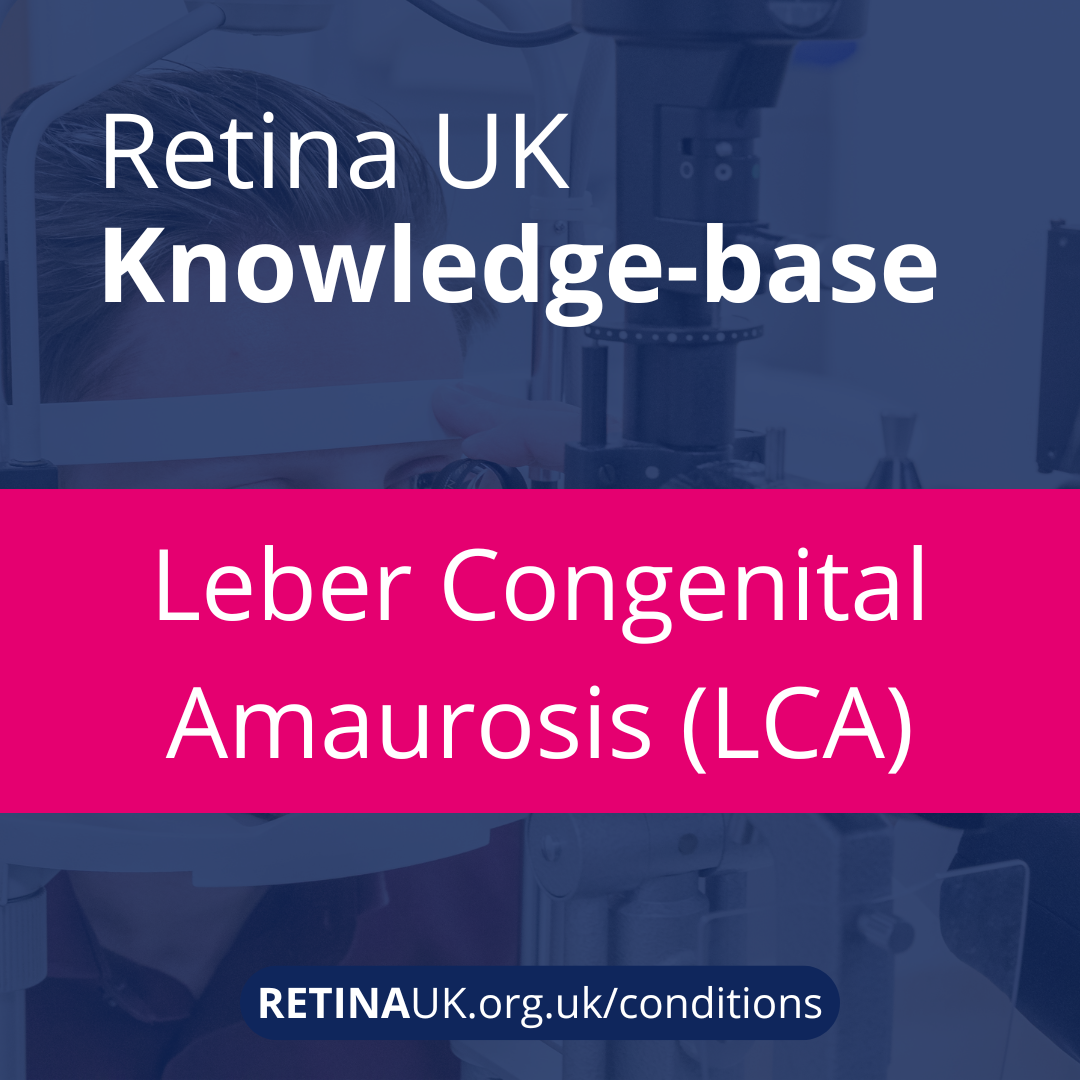
Leber Congenital Amaurosis (LCA) is a rare genetic eye disease that appears at birth or in the first few months of life.
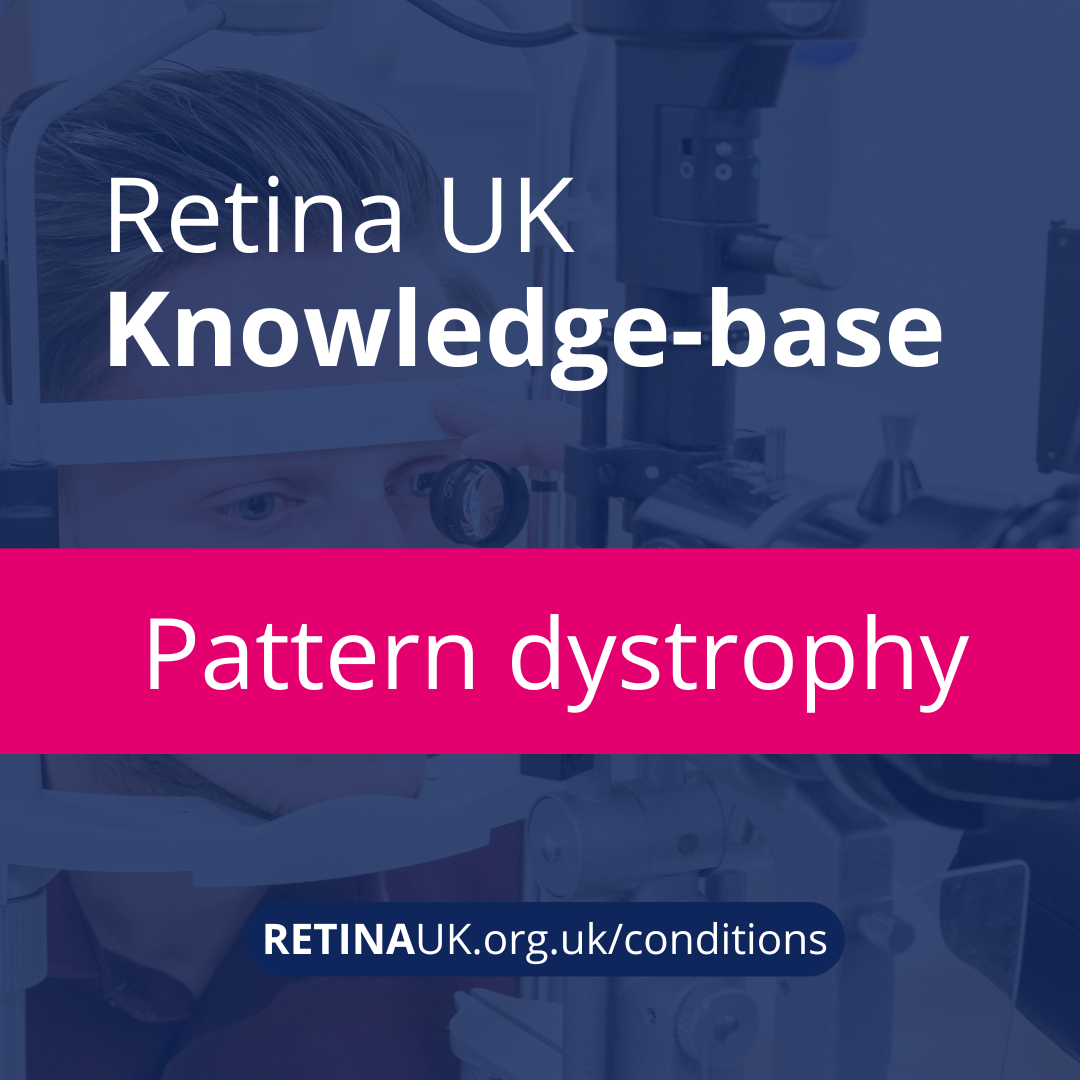
Pattern dystrophy is an umbrella term for a group of retinal conditions. It is characterized by various patterns of pigment deposition within the macula.
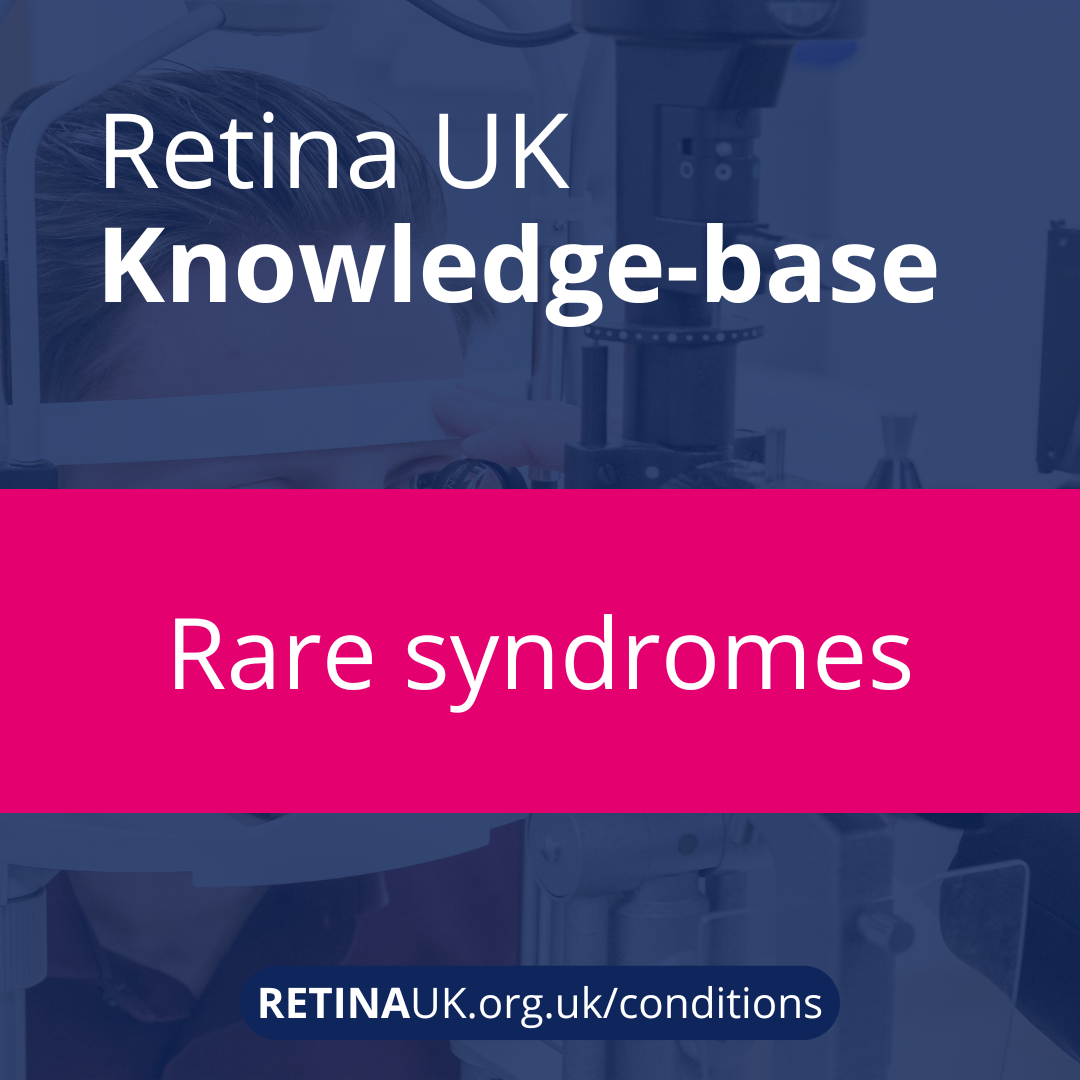
These very rare syndromes (NARP, Bassen-Kornweig, PXE, Norrie) affect the eyes as well as other parts of the body.
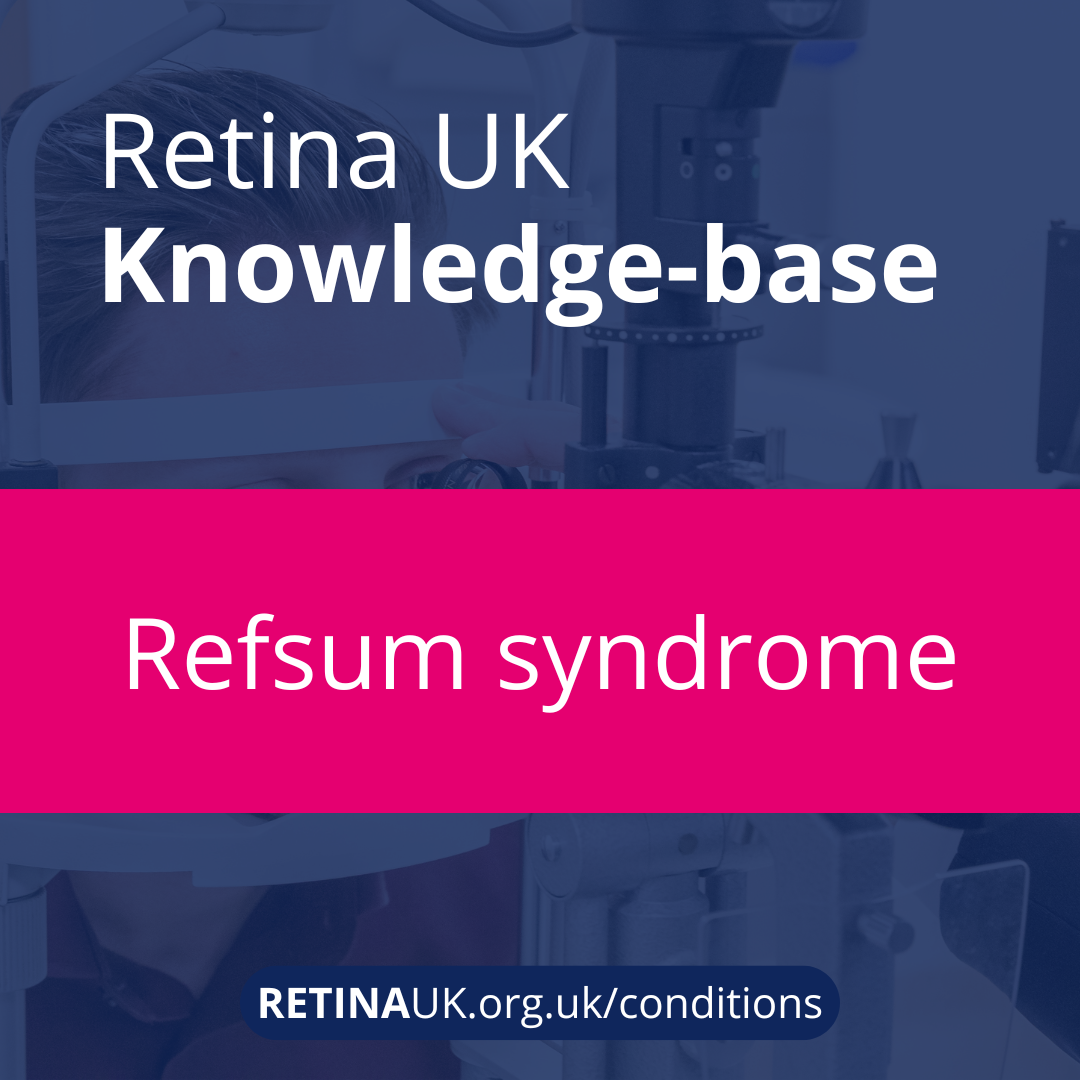
Refsum syndrome is an inherited metabolic condition, associated with elevated phytanic acid plasma levels, which impacts many body systems.
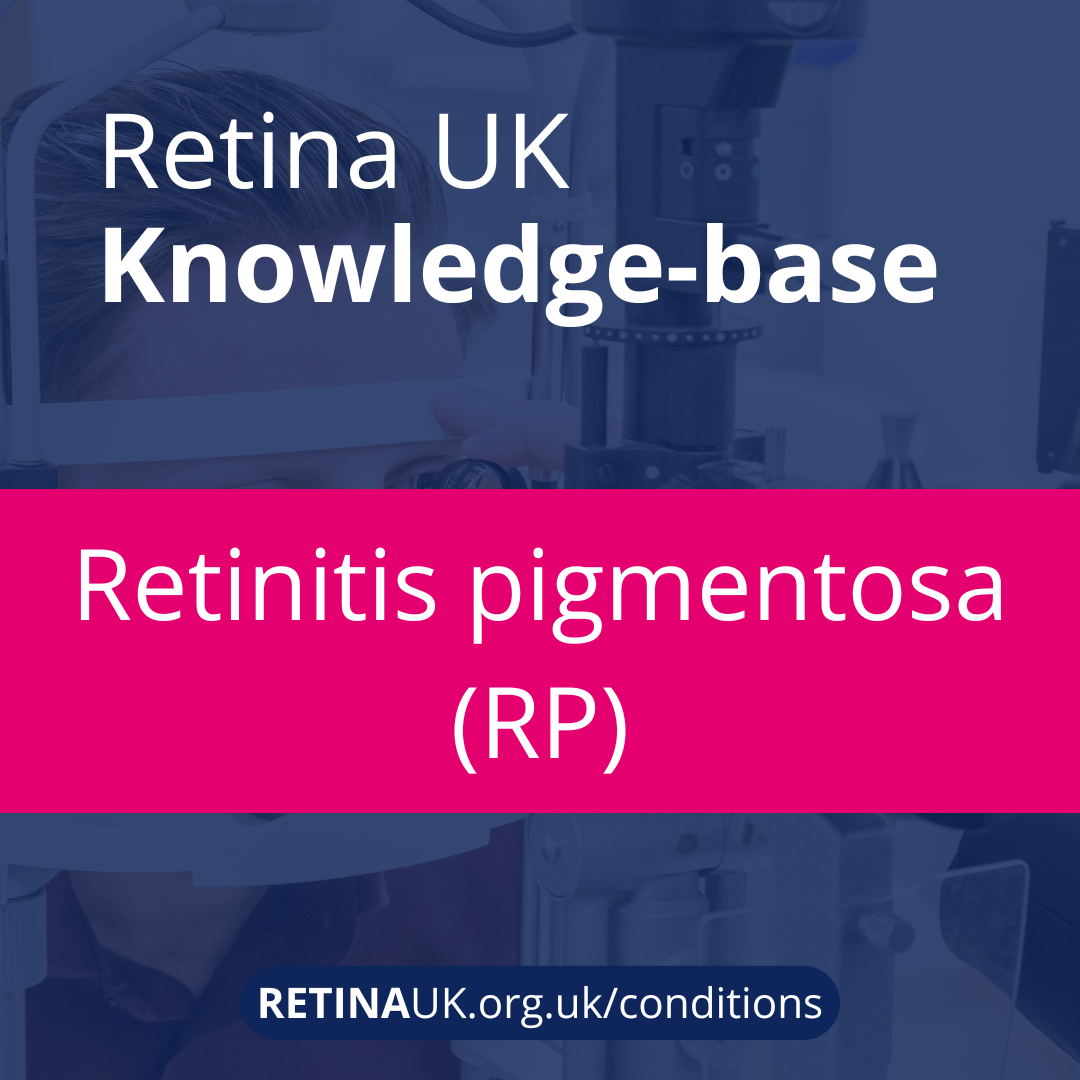
Retinitis pigmentosa (RP) is an inherited eye condition that affects the photoreceptor cells responsible for capturing images from the visual field.
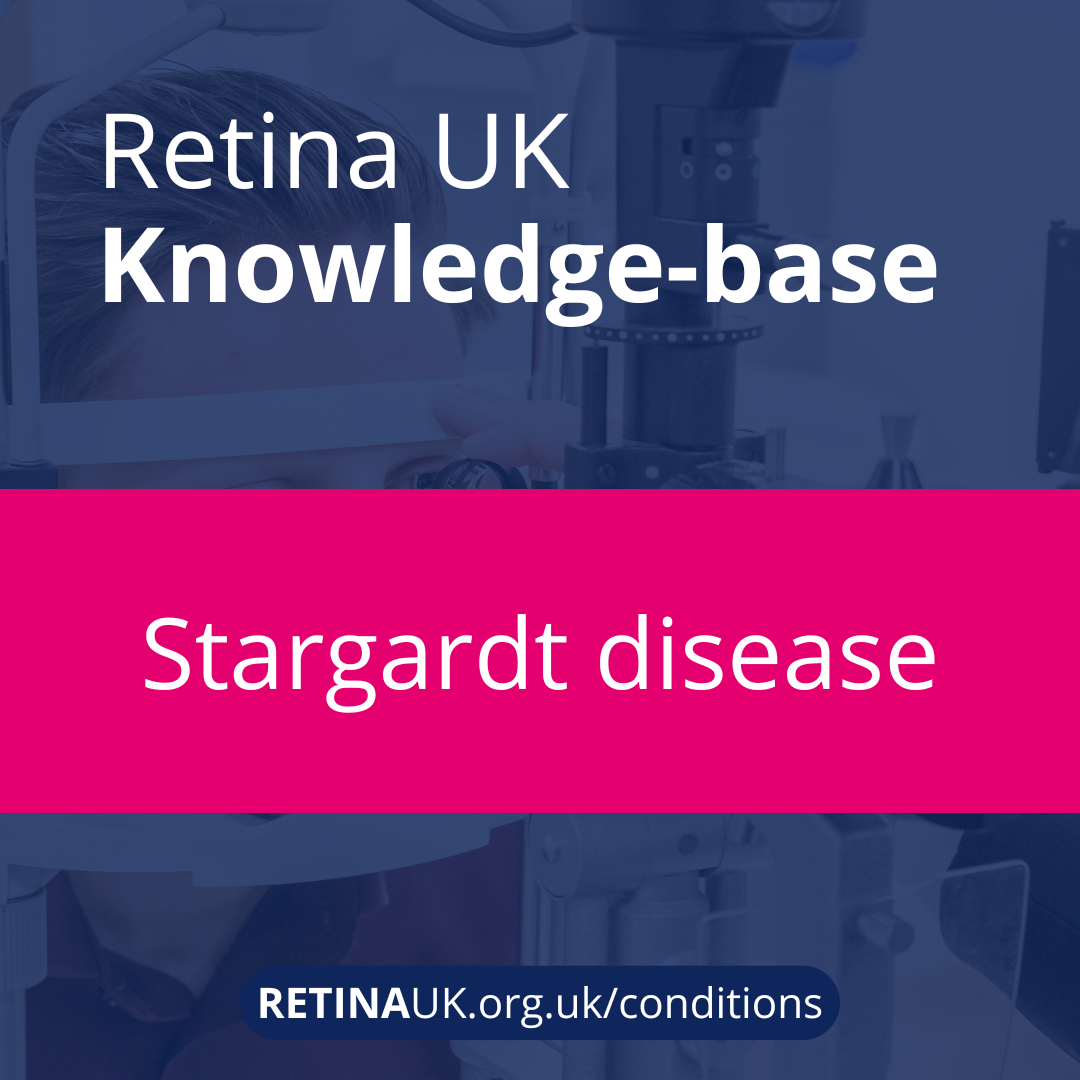
Stargardt disease is the most common form of juvenile macular dystrophy (or inherited degeneration).
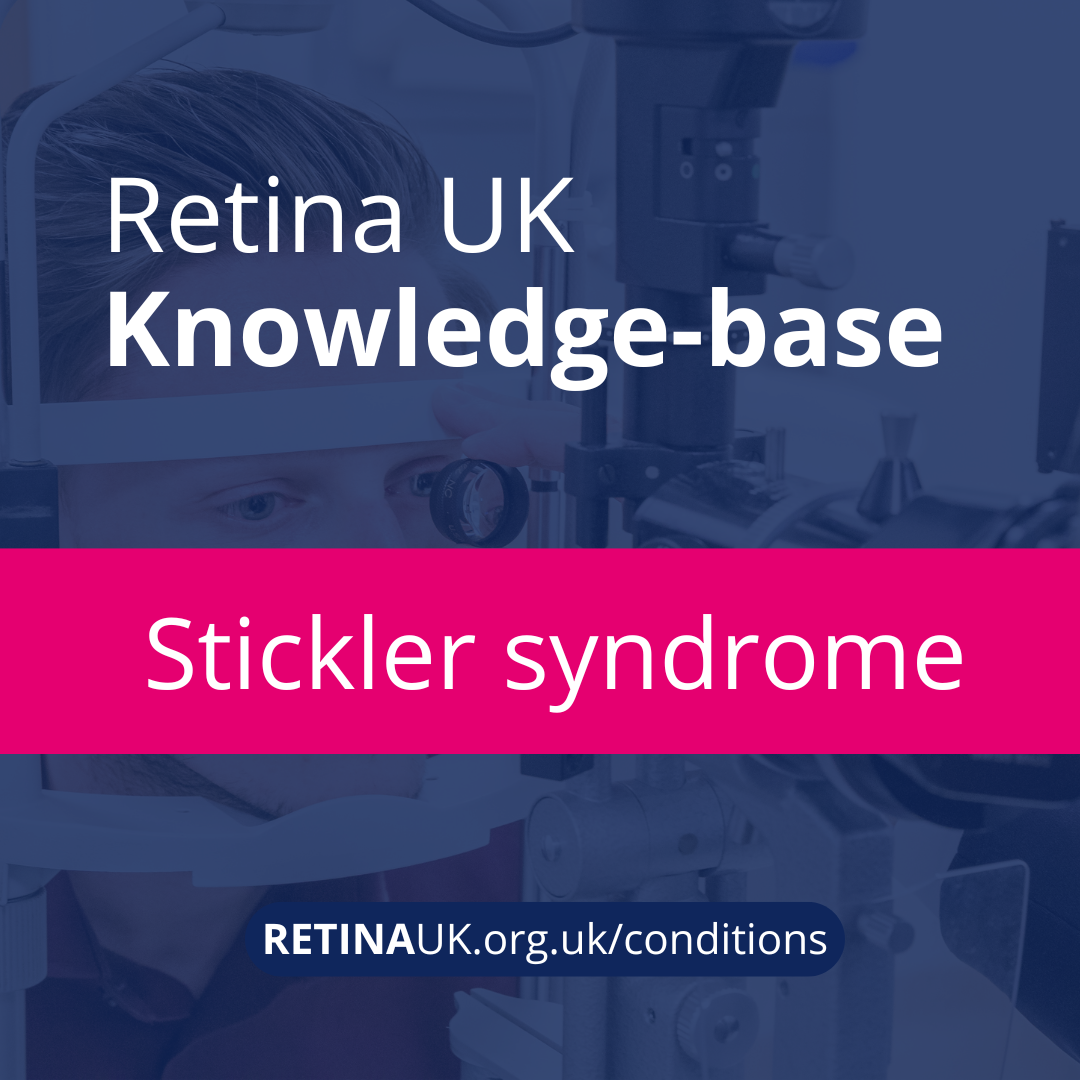
Stickler syndrome is a genetic connective tissue disorder.
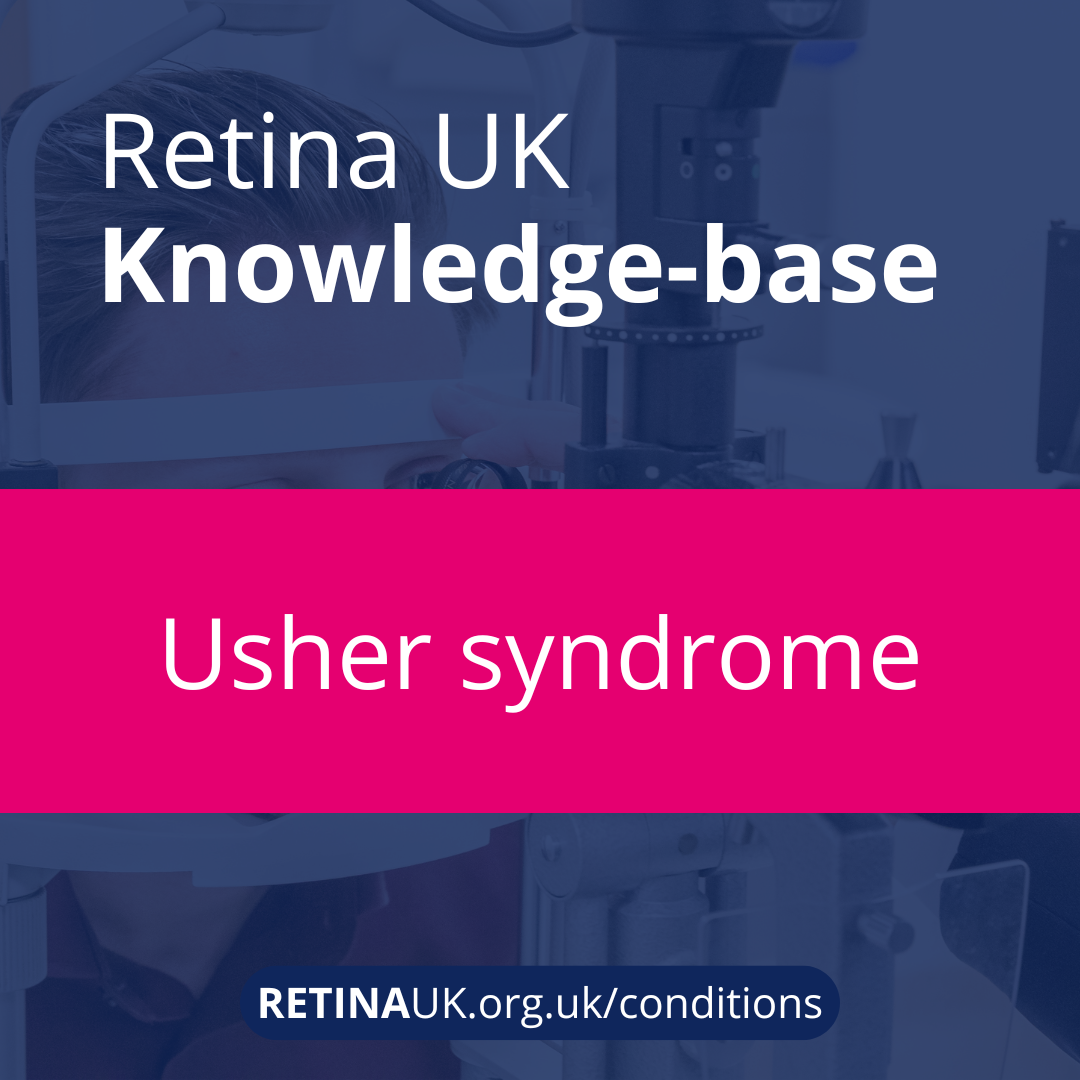
Usher syndrome is an inherited condition that affects both hearing and vision.
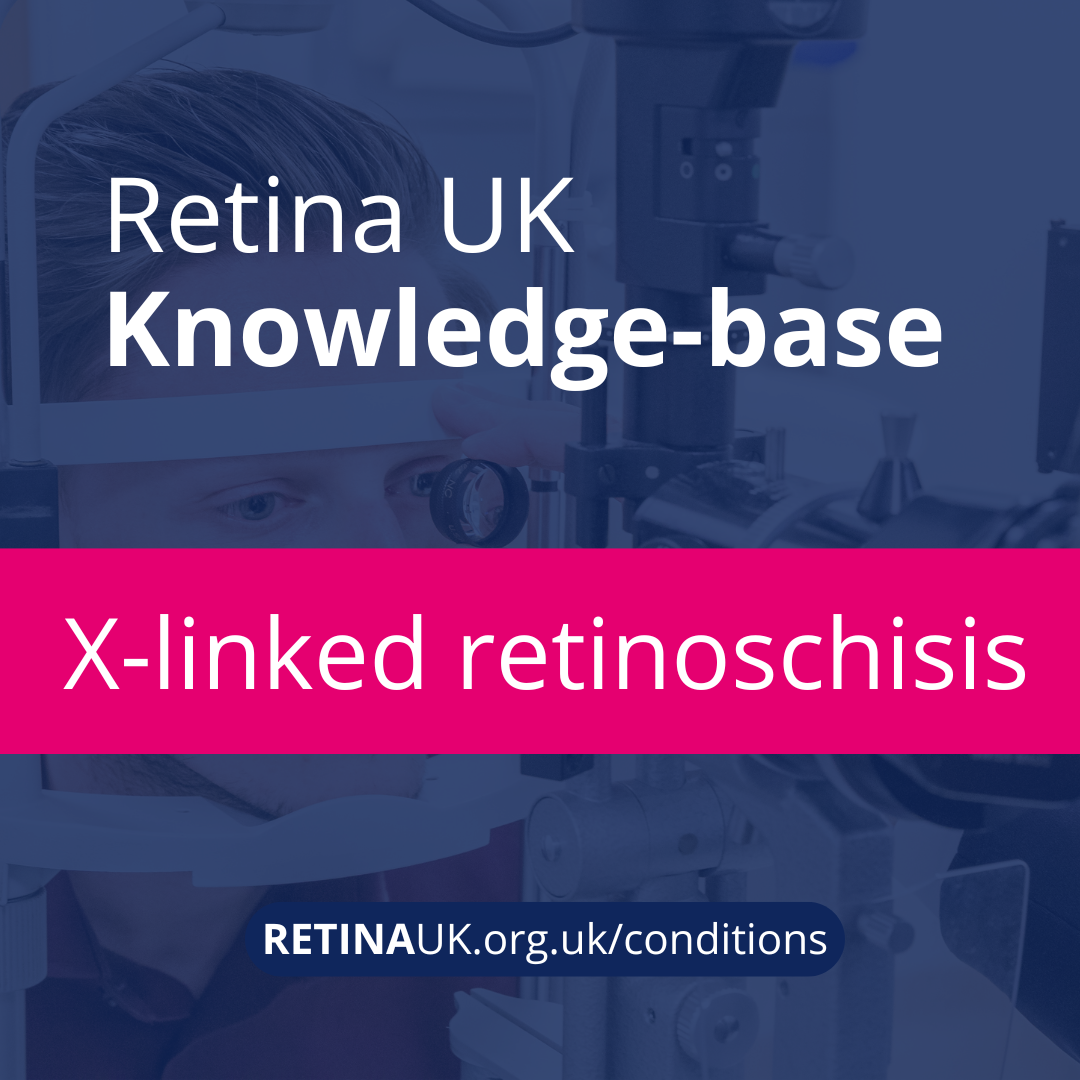
X-linked retinoschisis (XLRS) is an inherited condition that causes early loss of mainly central vision in males.